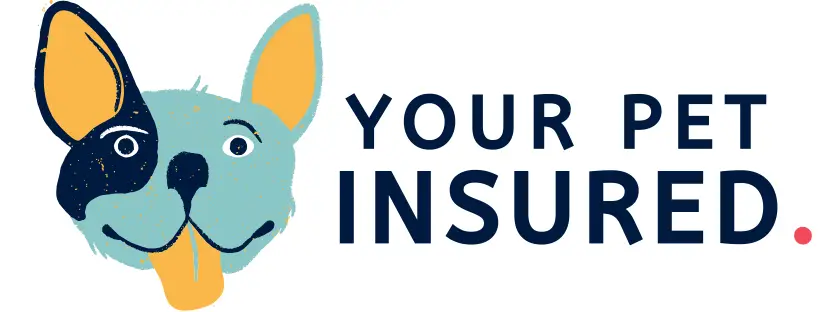Can Dogs Eat Cat Food?
As pet owners, we often wonder whether it’s safe for our dogs to consume certain types of food. One such question that frequently arises is whether dogs can eat cat food. This article will explore the safety of dogs consuming cat food, the differences between dog and cat food, how to prevent your dog from eating cat food, and what to do if your dog has already indulged in some feline cuisine.
Is it Safe for Dogs to Eat Cat Food?
The short answer is that it’s not ideal for dogs to eat cat food regularly. While an occasional nibble may not pose significant harm, cat food is formulated to meet the specific nutritional requirements of cats, which differ from those of dogs. Cat food tends to be higher in protein and fat content, potentially leading to digestive issues and weight gain in dogs.
When is Cat Food Safe for Dogs?
In some cases, cat food may be safe for dogs to consume. For instance, if your dog accidentally gets a taste of cat food now and then, it is unlikely to cause any harm. However, it is important to remember that cat food should never replace a dog’s regular diet as it lacks the essential nutrients and balanced formulation that dog food provides.
When is Cat Food Harmful to Dogs?
Feeding your dog cat food as a regular part of their diet can adversely affect their health. The high protein and fat content in cat food can strain a dog’s digestive system, leading to diarrhoea, vomiting, and even pancreatitis. Additionally, cat food may not contain all the nutrients that dogs require for optimal health, such as specific vitamins and minerals.
What’s the Difference Between Dog Food and Cat Food?
While dogs and cats are omnivores, a balanced combination of proteins, carbohydrates, and fats can meet their nutritional needs. Cats are obligate carnivores, requiring a higher proportion of proteins and fats. Therefore, cat food is formulated to meet the dietary needs of cats, including higher levels of protein and fat.
How to Prevent Your Dog from Eating Cat Food?
Preventing your dog from sneaking into the cat’s food bowl can be challenging, especially if you have multiple pets. Here are a few tips to help you keep your pup away from cat food:
1. Separate feeding areas: Set up separate feeding stations for your dog and cat in different areas of your home. This will prevent your dog from accessing the cat’s food easily.
2. Supervise meal times: Keep an eye on your pets during meal times to ensure they eat from their respective bowls. You can use baby gates or barriers to separate them during feeding.
3. Train your dog: Teach your dog basic obedience commands like “leave it” or “stay” to discourage them from approaching the cat’s food. Consistent training and positive reinforcement can go a long way in preventing unwanted behaviour.
What to Do if Your Dog Has Eaten Cat Food?
If your dog can sneak a few bites of cat food, there’s no need to panic. Monitor your dog for signs of digestive upset, vomiting, or diarrhoea. Monitor their behaviour and appetite for the next 24-48 hours. If your dog shows symptoms or continues to eat cat food regularly, consult your veterinarian.
In conclusion, while an occasional nibble of cat food may not harm your dog, it is best to avoid making it a regular part of their diet. Cat food lacks the necessary balance of nutrients dogs require and can lead to digestive issues and weight gain. You can ensure their optimal health and well-being by keeping your dog away from the cat’s food bowl and providing them with well-balanced dog food.
What our experts say about dogs eating cat food
While an occasional taste may not cause harm, cat food lacks balanced nutrition for dogs. The high protein and fat content in cat food can lead to digestive issues and weight gain in dogs. Prioritising well-formulated dog food that meets its specific nutritional requirements is crucial.
Dr Kellie Talbot, DVM – Author
FAQs about Cat food for dogs
Although it is relatively uncommon, some dogs may develop allergies or sensitivities to certain ingredients commonly found in cat food, such as fish or poultry. If your dog exhibits signs of an allergic reaction, such as itching, skin rashes, or gastrointestinal upset after consuming cat food, consult a veterinarian.
To prevent your dog from eating cat food, establish separate pet feeding areas and supervise meal times. Place the cat’s food bowl in an inaccessible location to your dog, or consider using barriers like baby gates. Additionally, training your dog to respond to commands such as “leave it” or “stay” can help discourage them from approaching the cat’s food.
If your dog consumes a small amount of cat food as an isolated incident, there is likely no need for immediate concern. Monitor your dog for signs of digestive upset such as vomiting or diarrhoea. However, if the consumption is significant or your dog shows concerning symptoms, it is advisable to consult a veterinarian for further guidance.
If your dog has developed a preference for cat food, it’s important to gradually transition them to proper dog food. Start by mixing a small amount of dog food with the cat food, gradually increasing the proportion of dog food over about a week. This slow transition can help minimise digestive disturbances and help your dog adapt to their new food.
